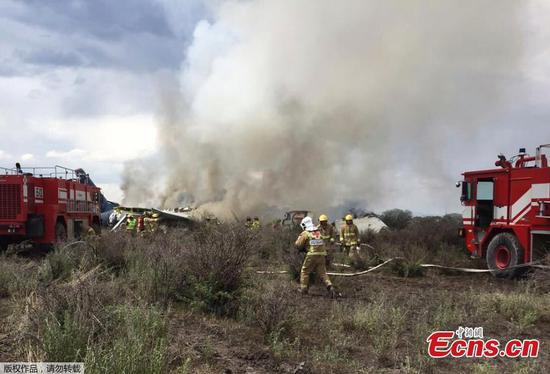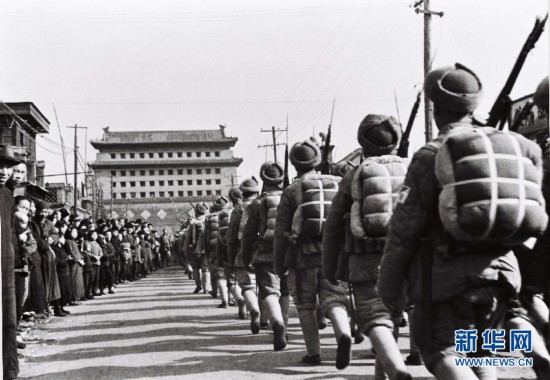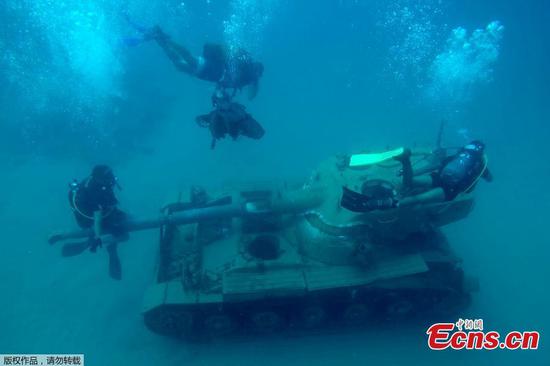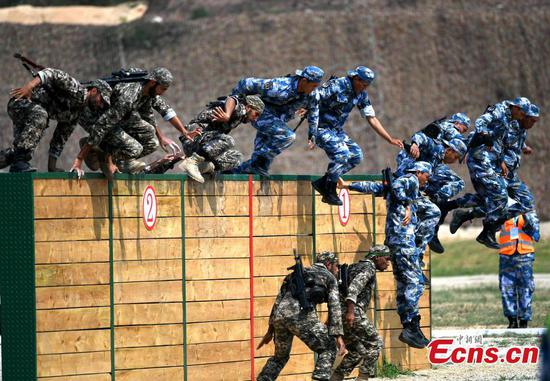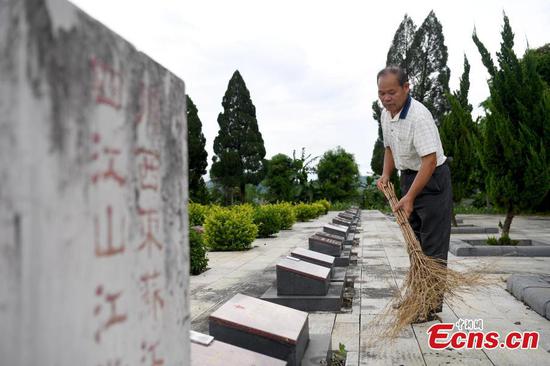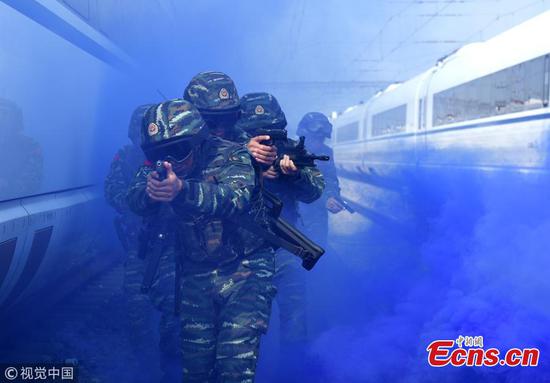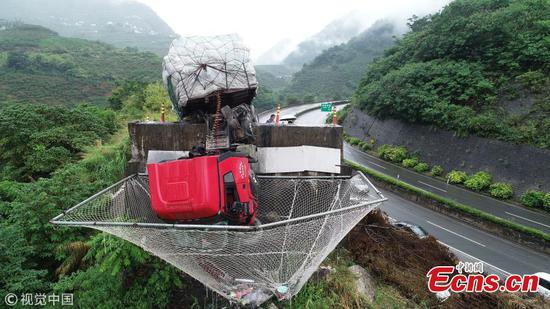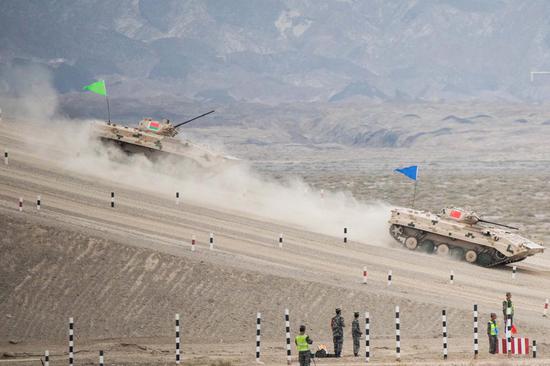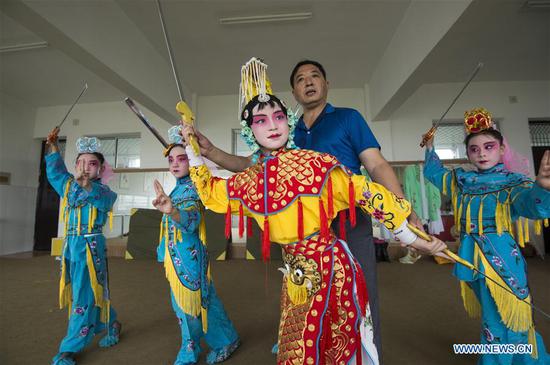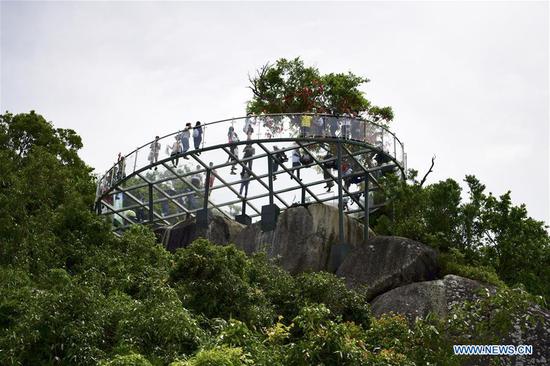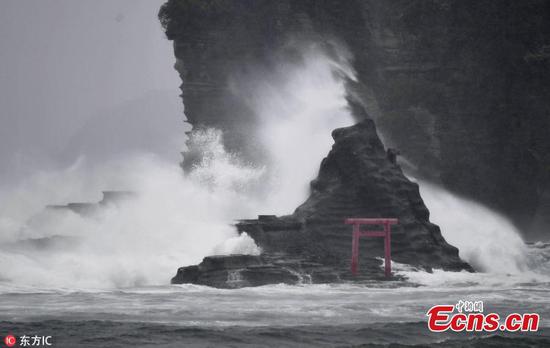Editor’s note: It has been five years since China first introduced the Belt and Road Initiative (BRI) to the world. However, there are still misunderstandings about it. Feng Da Hsuan, chief adviser of the China Silk Road iValley Research Institute and former Vice President for Research and the University of Texas at Dallas and Liang Haiming , chairman and chief economist of the China Silk Road iValley Research Institute, will illustrate the issues involved to better understand the BRI in three-part pieces. Here is the first part.
The Belt and Road Initiative (BRI) was initiated by China five years ago. Recently, through cultural conflicts, practical and economic conflict of interests and geoeconomic issues, some foreign media as well as the general public began to raise a number of concerns, some of which may be considered as misinterpretations.
These concerns and misinterpretations were essentially the outcomes of three reasons.
The first is related to China’s prowess and capabilities. In the last few years, global markets witnessed and endured significant metamorphic transformations. With the recent and palpable trade friction between China and the United States, it certainly contributed to an intensification of the concerns from many nations along the BRI route as for how such global uncertainties would affect the Chinese economy.
Indeed, if the future of the global economy, as well as the volatility of the financial market, continue to intensify, would they not hamper China’s BRI constructions?
The second is the question of what could be behind China’s political and ideological agendas in pursuing the BRI. Some people would argue that the BRI was initiated only as a competition with the United States’ dominance.
For example, some of the foreign public opinions regarded that China intends to leverage BRI as a way to reshuffle the Asia-Pacific region power rebalance. As an analogy, the BRI is assumed to be a de facto modern day “Marshall Plan,” where China would leverage it to gain political control via economic aid.
With this as preamble, many feel that it is likely that the BRI projects would have the propensity of encountering political risks, even risk of breaching contracts.
The third is the upgrade of the so-called “China threat theory.” In the recent past, a number of China’s neighboring countries have had sea territorial disputes with China, especially in the South China Sea.
The intensity of such disputes was further elevated when China made the “declaration of sovereignty.” It was then considered by these Chinese neighbors that China is making a “tough stance,” hence it is being “ambitious” and behaves like a “bully.”
Finally, the inflow of Chinese finance and companies into such countries are often being interpreted as threats to the local economy and the financial squeezing of local companies.
Recently, some of the international public opinions mentioned that many BRI projects are being pushed-backed. According to them, the number of Chinese funded overseas infrastructure projects which are facing severe headwinds is rapidly increasing. The reasons, according to these public opinions, is because of poor management and the lack of transparencies.
It is our opinion that at least partially these concerns and misunderstandings about BRI arose from the lack of the grasp of the principle of international development economics, international finance, and the industrial transfers and the principles of overseas investments.
Heretofore we shall explain what we meant by the above.
First, it should be noted that not all Chinese-funded enterprises investing in overseas projects are BRI projects.
For various reasons, the Chinese government thus far have not publicly announced the precise list of BRI projects. However, from the public information declared by China’s State Council as well as various ministries, it is obvious that not all overseas investment projects can be considered as such.
For example, oversea projects involving real estates, hotels, movie theaters, recreational industries and athletic clubs are not part of the BRI projects.
Furthermore, utilizing backward production equipment which does not meet foreign countries’ technical standards as well as those that do not meet the environmental protection, energy consumption, and safety standards, even in countries in the BRI route, are also not considered.
It is therefore meaningful to inquire which overseas-funded projects can be considered as BRI’s? According to the relevant Chinese official declaration, only projects who are in accordance with the so-called “Five connections”, namely policy, facility, smooth trade, financial, and people’s heart-to-heart can be considered as BRI projects.
For example, those but not exclusively can benefit BRI construction as well as peripheral infrastructure projects and can drive China’s advantageous production capacity are such projects.
In addition, projects of high-quality equipment and output items meeting technical standards which can collaborate with foreign high technology and advanced manufacturing corporations are meaningful BRI projects.
The reason is quite simple. Dumping excess capacity and pollution projects are unlikely to have a future. In this era of geoeconomics, the only real projects which China can export to countries along the BRI route are primarily those which represent China’s newest, most advantages and highest quality products.
Only projects, such as highspeed rail, infrastructures, nuclear power plants and space technologies, can China reasonably compete for market shares with the best from Western and other advanced nations, It is very obvious that if China were to export excess capacity and pollution projects, it is unlikely and even unable to grab the market in any competition.
Besides, it is well understood that not all BRI projects will be successful.









